Decommissioning
Safe and responsible decommissioning is a priority for Shell. This includes restoring the surroundings of platforms and facilities in line with relevant legislation, while taking our own environmental standards into account.
Highlights in 2017
- In the UK, the single lift of the Brent Delta platform marked the world’s heaviest offshore lift, by the world’s largest construction vessel.
- We submitted decommissioning plans for the Tapti field to Indian authorities.
- We decommissioned the Cougar platform in the USA and donated parts of the structure to an artificial reef programme.
Decommissioning is part of the normal life cycle of every oil and gas structure when a facility reaches the end of its life. A growing number of oil and gas platforms and facilities are ageing so decommissioning will increase over the next few decades. Every decommissioning is different and needs to be tailored to the facility design, the local context and the local legislative requirements. Some of our more complex decommissioning projects take place offshore.
In 2017, we started preparing to decommission the Tapti field, a former BG project in India. We jointly operate the project (Shell interest 30%) with the Indian National Oil Company, Oil and Natural Gas Corporation and Reliance Industries Limited. Production stopped in March 2016 and work is under way to plug 38 wells and close down five platforms and four pipelines. In India more broadly, we contribute to government-led work on the development of regulations and guidelines for decommissioning projects.
In the Gulf of Mexico, we decommissioned the Cougar platform, which has produced more than 31 million barrels of oil over the last two decades. In 2017, we used a specially-designed vessel to lift the top part of the platform and deck, then place it on a barge to be transported to shore for cleaning and recycling or disposal. The same vessel was used to move the platform's 105 metre-tall and 3,000-tonne support structure across about 80 kilometres of open water to its resting place as an artificial reef. We donated the structure to the Louisiana artificial reef programme and made a $619,000 contribution to help maintain and monitor the reef. It will provide a habitat for a variety of marine life, including red snapper and amberjack fish.
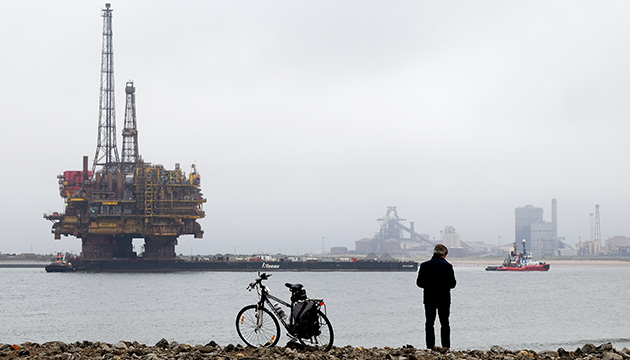
The Brent Delta platform was transported to the Able UK Seaton Port yard in Hartlepool, UK, where at least 97% of the material will be recycled.
Brent Delta platform topside single lift
Our largest decommissioning project to date is the Brent oil and gas field, which lies in the North Sea between the UK and Norway. Preparation for decommissioning the four Brent platforms -- Alpha, Bravo, Charlie and Delta -- started more than a decade ago.
We based our decommissioning recommendation on options from about 300 scientific and technical studies. This work included consultation with around 180 interested parties and an independent review to validate the science and engineering.
In 2015, the UK regulator approved the Brent Delta decommissioning programme to remove the topside of the platform in a single lift. The removal was carried out in April 2017 by Pioneering Spirit, the world’s largest single lift construction vessel, making it the heaviest lift of its kind offshore. The 24,200 tonne lift marked the culmination of about five years of study and engineering work.
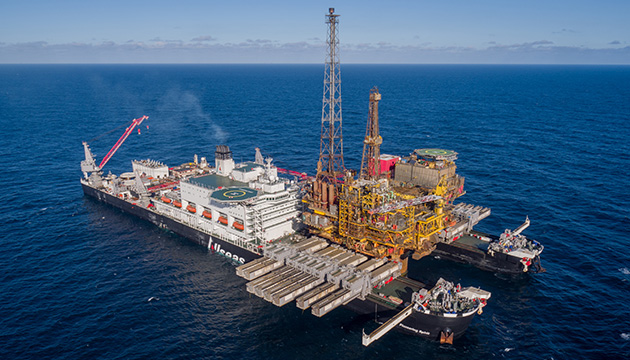
The Brent Delta platform weighs the same as 2,000 London buses and is as high as the London Eye.
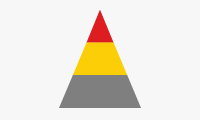 Sustainability at Shell
Sustainability at Shell
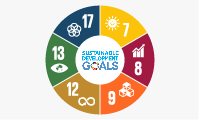 Sustainable development goals
Sustainable development goals
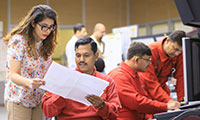 About our data
About our data
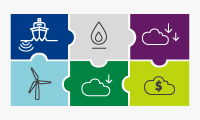 Energy transition and climate change
Energy transition and climate change